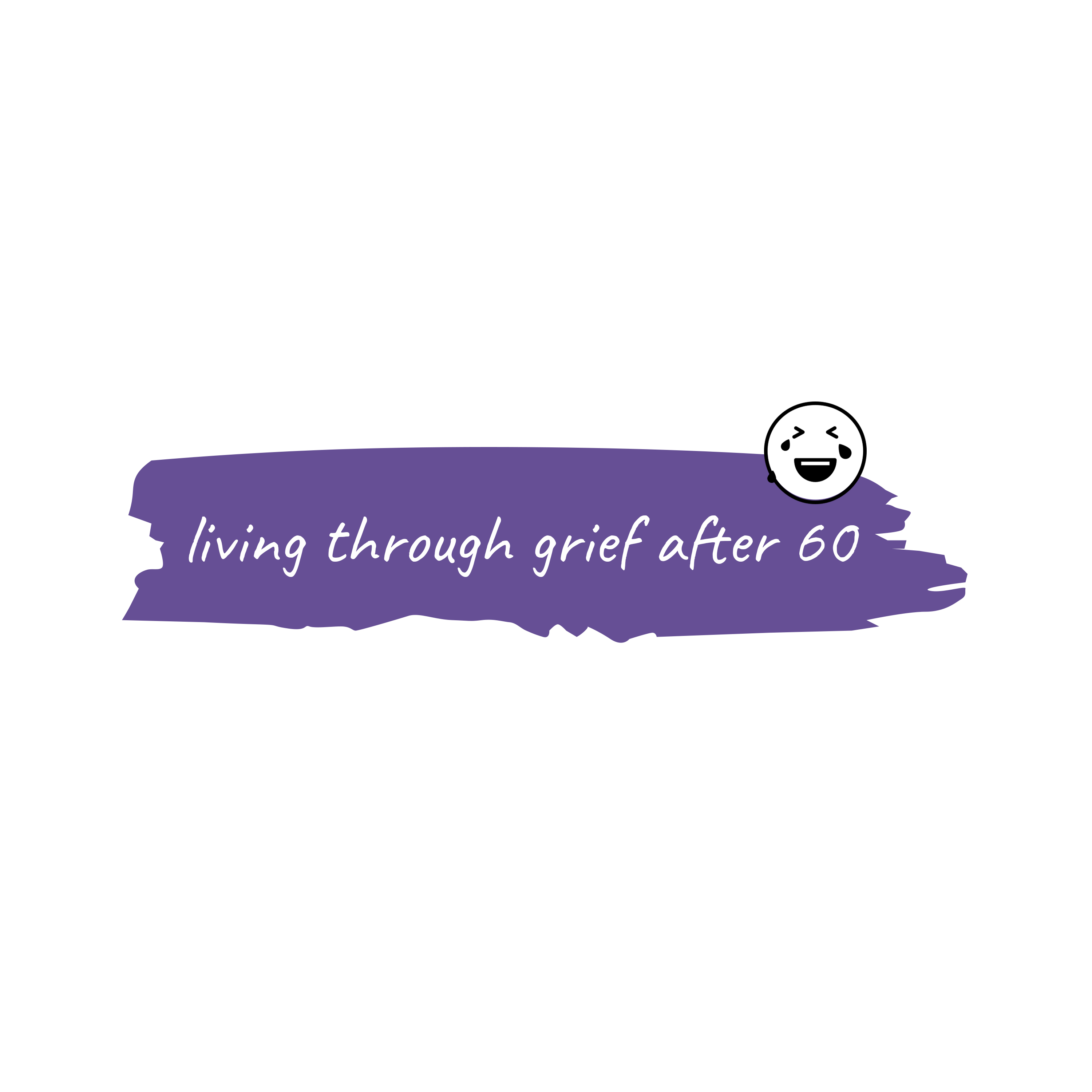The following post is a sponsored post, and compensation has been received.
This post may contain affiliate links, and I may earn compensation when you click on the links at no additional cost to you.
Choosing Joy: Alzheimer’s: A Book of Hope is the personal story of the last six years of Adolph “Ady” Berger’s life. The author, his wife, Helene, lovingly tells the story of how Ady changed from saying “I don’t want to live anymore” upon learning of his condition just days before his 50th wedding anniversary to living his last years as happily as possible. Unlike other books about Alzheimer’s, it is very easy to read. The author talks honestly about realizing that Ady did not ask to be diagnosed with Alzheimer’s. With the help of family, friends, doctors and aides, she was able to help Ady realize he was still the man she loved despite his illness.
About The Author and Her Husband
Ady Berger was a building engineer for a home realty business who was planning on retiring when he was diagnosed with Alzheimer’s. He died in 2011 of unrelated causes following a dinner that was held to say “thank you” for their kindness and support. Helene has held a number of leadership positions, serving on a variety of boards both in the Miami area and nationally. They have two children and four grandchildren.
What Makes This Book Unique
The book begins with an introduction to Ady and Helene’s lives, including how they met and the joys and challenges of starting a family. Throughout the book, there are drawings and letters written by Ady after Helene encouraged him to try to help keep his mind active. The drawings and letters continued until the night he died. There are several pictures of Ady and Helene together, beginning with their wedding day through the last concert they attended together. There are several pictures of Ady throughout his life, from his teenage years to his last year. . The book also has detailed lists that Berger was very dependent upon to make sure Ady continued a routine. These included Ady’s prescriptions and his daily schedule.
The suggestions Berger presents here can be used based on the unique needs of each individual. It is never meant to be “one size fits all”, or “what worked for us will work for you, too”. What makes this book unique is that, as the author wrote, it is a book of hope and not a “a litany of graphic horrors” like similar books about Alzheimer’s.
What The Book Covers
The book is divided into four parts. Foundations reminds the reader that Alzheimer’s is not something anyone would choose for themselves. It is possible to create strategies that will help an Alzheimer’s patient find joy in their lives despite their changed medical condition. Practical Approaches focuses on the strategies used to helping Ady cope with the changes his condition brought. Berger pointed out that when an Alzheimer’s patient is treated with unconditional love, patience, kindness, and support, positive results occur.
Interactions with Others focuses on finding the right aides for an Alzheimer’s patient. Berger offers an outstanding suggestion to spouses to encourage doctors to ask the patient questions and listening to them. She also has a word of encouragement for caregivers who may feel guilty about wanting to take a break and live their own lives. Looking Back focuses on what Berger learned about herself following Ady’s death. She emphasizes that while the conditions for regeneration are not easy to obtain, it is still possible.
How Is This Book Different from Other Alzheimer’s Books
Berger noted that the Alzheimer’s Association states that “Alzheimer’s is the only cause of death in the top 10 in America that cannot be prevented, cured, or even slowed”. Unlike most books focusing on caring for a loved one with Alzheimer’s, it is truly a book of hope that you will never be the same for reading. Berger wrote this book with the love and tenderness she felt for the man she was married to for over 55 years; She realized that there is a difference between the medical symptoms of Alzheimer’s and the patient’s reactions to those symptoms. Berger made an effort never to show frustration, anger, or disappointment despite Ady’s behavioral changes.
It is a testament to Helene Berger’s loving and compassionate support of Ady that he never showed any type of violence to her the entire six years he was ill with Alzheimer’s. Violence is a characteristic of a patient’s reaction to the medical symptoms of Alzheimer’s.
Conclusion
Choosing Joy: Alzheimer’s: A Book of Love is recommended reading for anyone who wants to enjoy the final years of a loved one diagnosed with Alzheimer’s life. It is possible to create ways to help adjust to the changes that take place in your loved one’s personality. Caregivers are encouraged to care for their loved ones with tenderness, love and compassion.The reader is encouraged that they are a better caregiver, and spouse, when they take time for a break with friends and family. For anyone reading this book, you will be changed. No matter what stage of Alzheimer’s your loved one is in, a loving and caring relationship can continue.
To order a copy of Choosing Joy: Alzheimer’s: A Book of Hope, please click on the following link: Choosing Joy: Alzheimer’s: A Book of Hope





